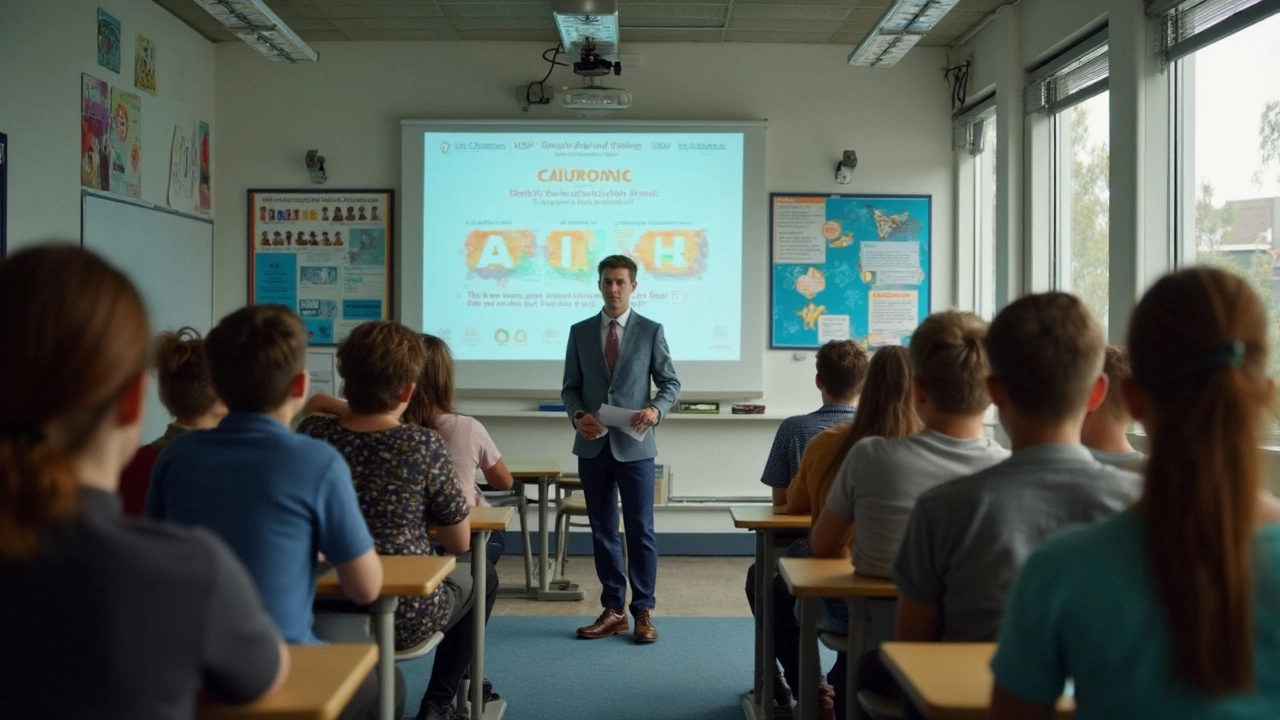What Are the Requirements to Get a UK Class 1 HGV Licence?
If you’re eyeing a career behind the wheel of a big rig, the first step is understanding the rules that let you drive legally. The UK government has a clear checklist, and ticking each box will put you on the road faster. Below we break down the must‑have items, the paperwork you’ll need, and the training you can’t skip.
Age, Health, and Legal Checks
First off, you must be at least 18 years old. That’s the legal minimum for a Class 1 licence, which covers the biggest trucks and articulated lorries. Next, your health matters. You’ll need a medical examination by a doctor approved by the DVSA (Driver and Vehicle Standards Agency). The exam looks at vision, cardiovascular health, and any conditions that could affect safe driving. If you have a condition like epilepsy or diabetes, the doctor will decide if you’re fit to drive, often with specific restrictions.
Once you pass the medical, you’ll get a D1 medical form that you’ll send to the DVLA (Driver and Vehicle Licensing Agency). The DVLA reviews the form and issues a provisional licence if everything checks out. Remember, you can’t start any training until you have that provisional licence in hand.
Training Hours and Theory Test
The next big chunk is training. You’ll need a minimum of 45 hours of practical instruction, split into two parts: 35 hours as a learner driver and 10 hours as a qualified driver. These hours must be logged in a training record book, which your instructor will sign off.
Alongside the practical hours, you must pass the HGV theory test. The test covers road signs, vehicle handling, and the specific rules for large vehicles. It’s a multiple‑choice exam with 100 questions, and you need at least 85% to pass. Many learners find a short revision course useful – it’s a focused way to get the key facts into your head without spending weeks on a full‑time class.
After you ace the theory, you’ll move on to the practical driving test. The test is split into two sections: the off‑road manoeuvres (like reversing into a bay) and the on‑road part, where you’ll drive for about 60 minutes. The examiner will look for smooth gear changes, proper use of mirrors, and safe lane discipline. You can’t take the practical test until you’ve logged all 45 training hours and have a valid provisional licence.
Tip: Practice the same route the examiner will use if you can. Familiarity cuts down on nerves and helps you focus on the exam criteria instead of getting lost.
Documentation and Final Steps
When you’ve cleared the theory and practical tests, the examiner will hand you a pass certificate. You’ll return this to the DVLA, and they’ll issue your full Class 1 HGV licence. Keep your D1 medical form and any licence restrictions handy – you might need them for future renewals.
Renewal happens every five years, and each time you’ll need a fresh medical check. If your health changes, you may be asked for additional tests, so stay on top of any new conditions.
That’s the whole picture. Age, health, a provisional licence, 45 hours of training, a theory test, and a practical test – check each box and you’ll be ready to haul the heavy loads that keep the country moving.
- June 14 2025
- 0 Comments
- Rowan Cavendish
How Many Hours of Driving Lessons Before License in CA?
Curious about how many hours you actually need behind the wheel before you can get your license in California? This guide cuts through the confusion, covering every major rule and practical tip for both teens and adults. From official hour requirements to smart strategies for extra practice, you'll find answers to the questions every new driver asks. You'll also learn where most people slip up and what DMV examiners really look for. Skip the rumors and get the facts you need to hit the road the right way.
- Driving Lessons (41)
- HGV Training (31)
- Driving Test Tips (31)
- Driving Test Booking (26)
- Driving Licence Renewal (23)
- Driving Theory Test (21)
- Pass Plus Course (15)
- Driving Tips (15)
- Intensive Driving Course (15)
- Driver Licensing (14)
Categories
- December 2025 (12)
- November 2025 (13)
- October 2025 (21)
- September 2025 (5)
- August 2025 (8)
- July 2025 (30)
- June 2025 (30)
- May 2025 (30)
- April 2025 (31)
- March 2025 (30)
- February 2025 (28)
- January 2025 (34)
Archives
- driving lessons
- driving test
- driving tips
- intensive driving course
- driving test tips
- HGV training
- learn to drive
- driving theory test
- driver training
- driving test booking
- pass driving test
- HGV driving
- road safety
- driving license renewal
- Virginia driving test
- learner drivers
- safe driving
- Virginia driver's license
- driving license
- learning to drive

